The Route From Hue To Hoi-An
We bade farewell to Hue: the iconic Imperial Palace; the Perfume River and the tranquility and pampering of the Pilgrimage Village Resort. It was a crisp November day. The narrow tree lined streets of Hue were aglow in the early morning autumn sun; locals sat on the sidewalks chatting over breakfast; store keepers swept their sidewalks before opening up shop for the day; families – crammed as more as four to a scooter – whizzed by.
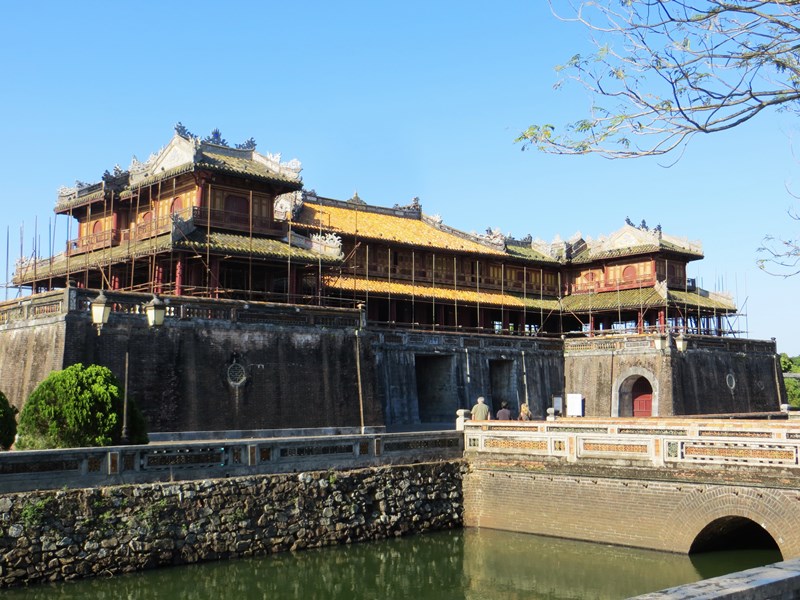
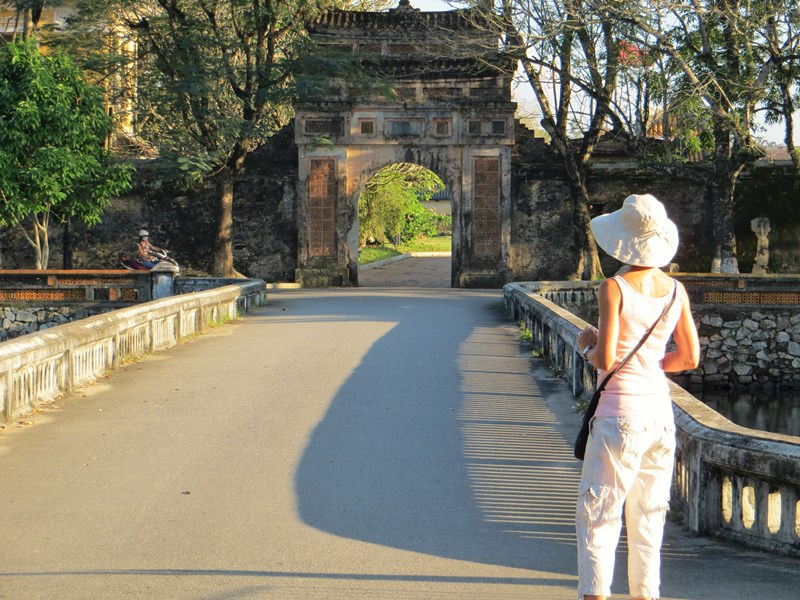
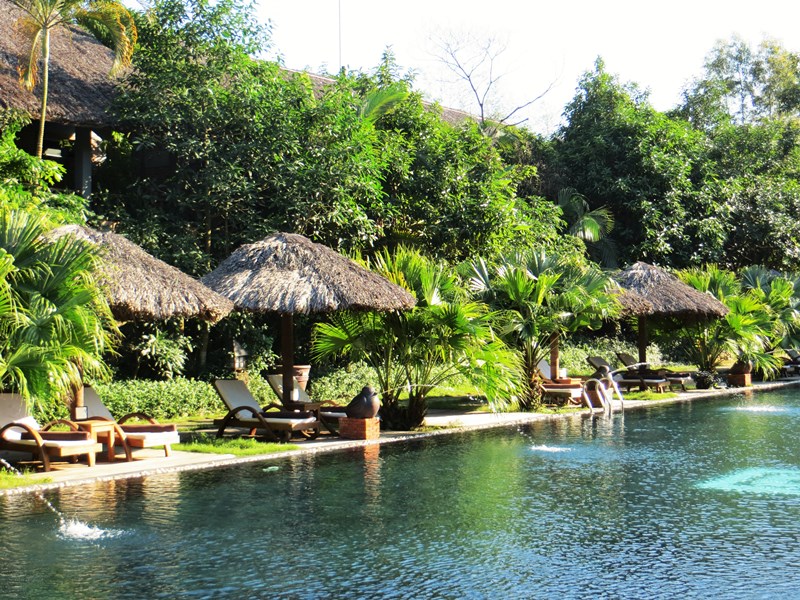
The first stop along our route was Lang Co Beach, where we watched the local men and women drift soundlessly on the still waters in their tiny, bamboo-basket boats; while others stood waist deep in the bay harvesting pearl oysters, shrimp, and clams. The scene was like a tranquil, mesmerizing, painting.

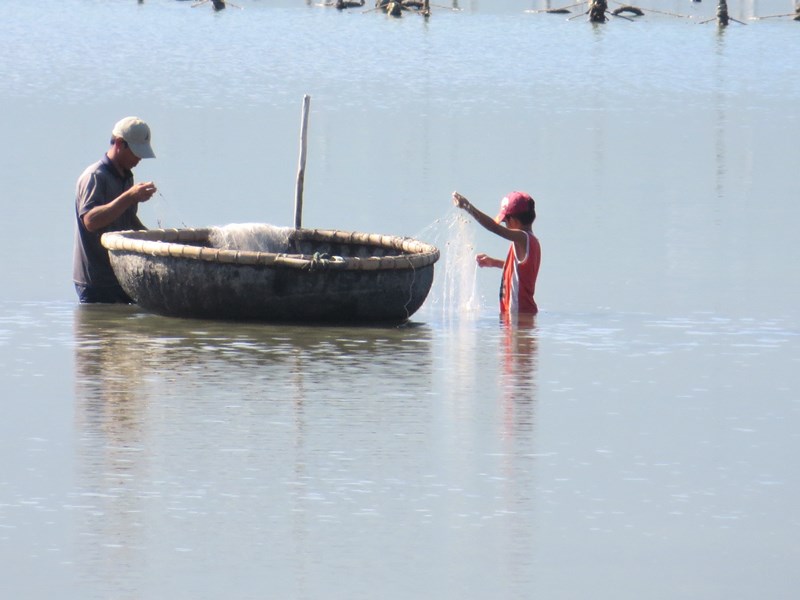
As we began our ascent around the hairpin bends of the Hai Van Pass, we stopped to take in the idyllic views of the village of Lang Co, which nests – framed by a golden strip of beach sand – on a stretch of land between the blue waters of the lagoon and the ocean.
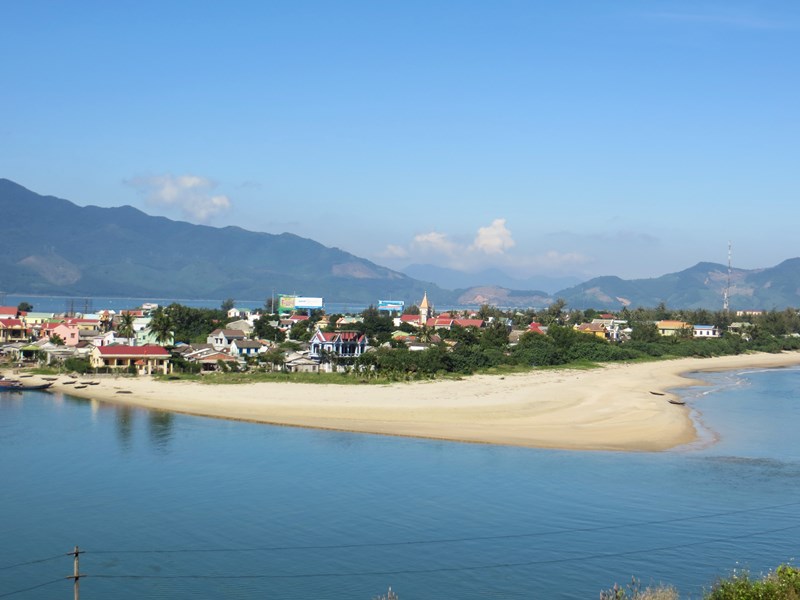
No commercial traffic is allowed on the scenic Hai Van Pass, which makes the drive all the more pleasant as one zig-zags up the mountain. The name Hai-Van means ‘Sea Clouds’, an appropriately lyrical name for a pass which has its base adjacent to the sea and its peak often shrouded in clouds. For centuries the pass was of major strategic importance, forming a dividing line between North and South Vietnam. Old Pillbox fortifications and guard towers – built by the French and later used by the South Vietnamese and Americans during the Vietnam War – cling to the mountains at the crest of the pass.
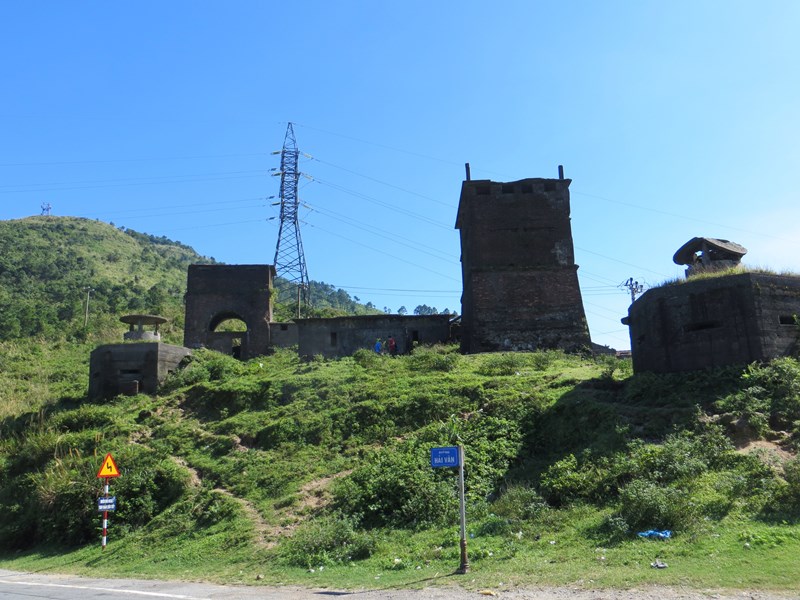
The peak is now a bustling pit stop populated by restaurants and vendors selling pearls, art, and Vietnamese crafts. From the peak of the Hai Van Pass the road snakes down into Da Nang. Badly damaged during the Vietnam War, Da Nang is for the most part a modern city with wide boulevards. It was in Da Nang that in 1965 the U.S. Marines arrived in Vietnam, and from here –
a decade later – that the last of the American planes took off carrying soldiers and South Vietnamese refugees.
There’s not much to entice the visitor to linger in Da Nang other than China Beach. The most stunning expanse of soft, cream-colored beach sand, with gentle waves, swaying palm trees, and zero crowds.
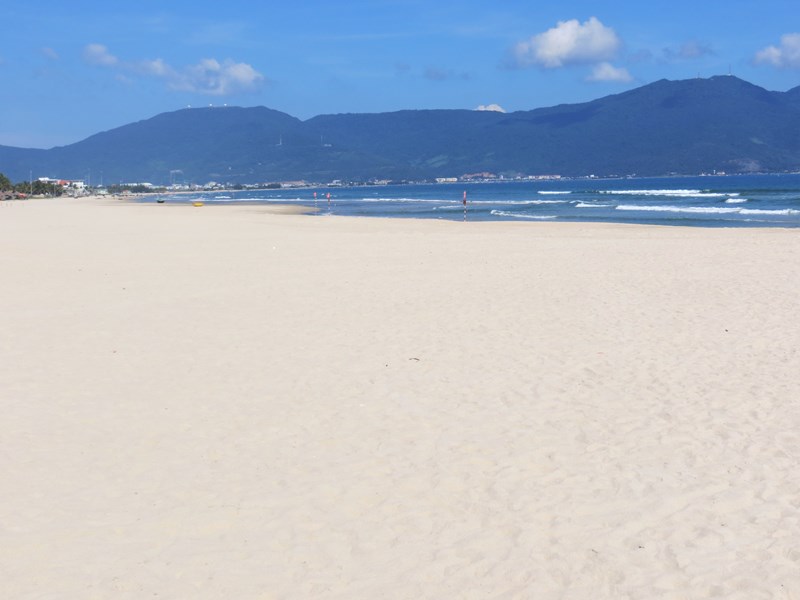
Also worth a visit is the towering, majestic, Lady Buddha, the tallest Buddha statue in Vietnam. She stands in the grounds of the Linh Ung pagoda (14 kilometers from the center of Da Nang) facing the sea and watching over the fishermen.
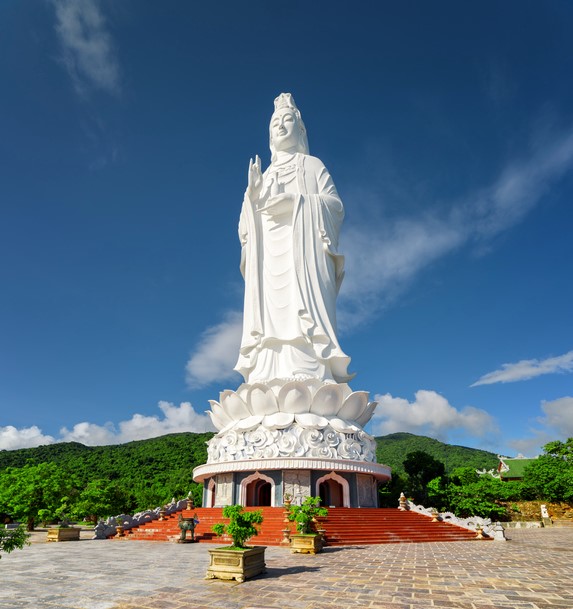
The Marble Mountains, which were originally five small islands surrounded by water, is the next site to be explored on the road to Hoi-An. Over the years as the water receded they became a part of the mainland. Minh Mang, Emperor of the Nguyen Dynasty, named them after the five natural elements which according to ancient oriental philosophy were the creators of the Universe: Metal; Fire; Earth; Wood; Water. The most accessible and apparently the most beautiful of all, is Thuy Son/Water.
We climbed 150 marble steps to the Tam Thi Pagoda which houses the Buddha Sakyamuni and the female Buddha – Goddess of Mercy. As impressive as the Buddha statues are, so is the spellbinding beauty of the glossy, worn, narrow, marble steps in shades of pink, rose, grey, blue, and green. I’ve never been so engrossed in “watching my step.”
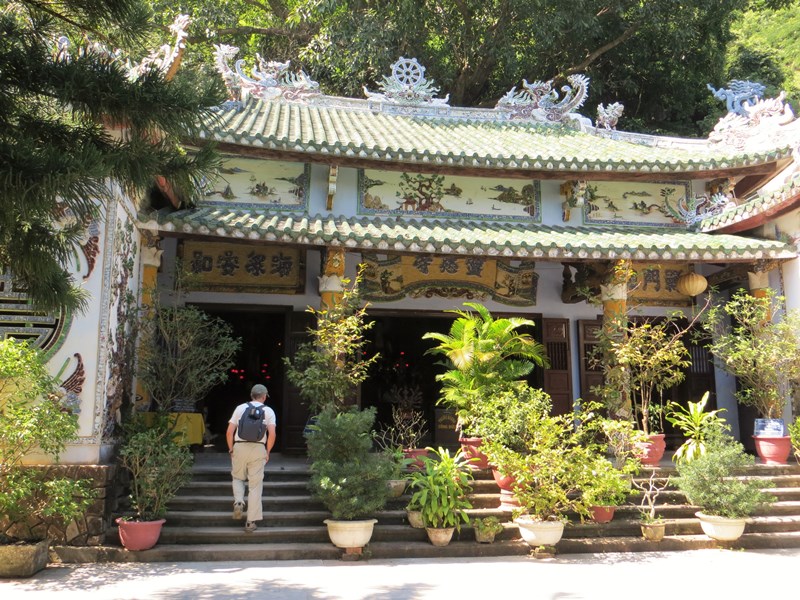
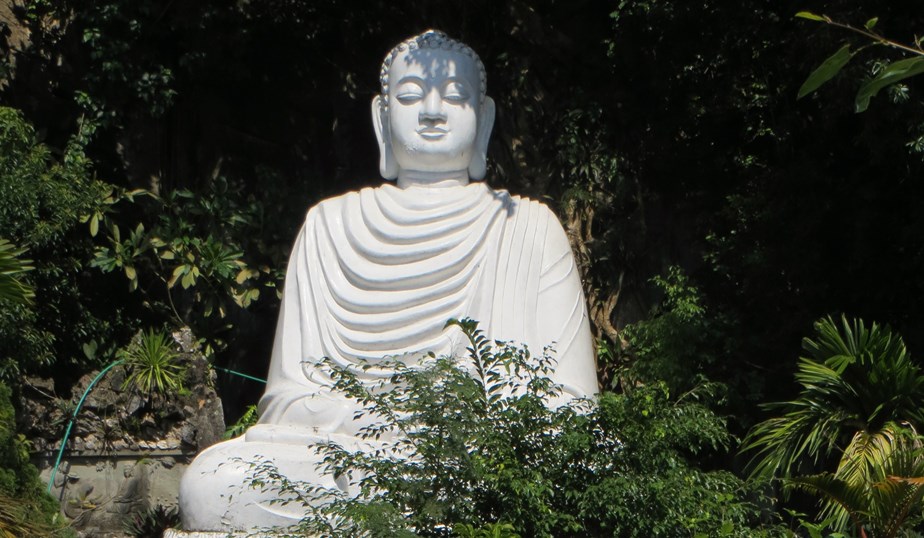
From the Tam Thi Pagoda the path winds upward and each plateau at the end of another flight of steps reveals something magical, from pagodas to caves, sensational rock formations, and breath-taking views of the coastline below.
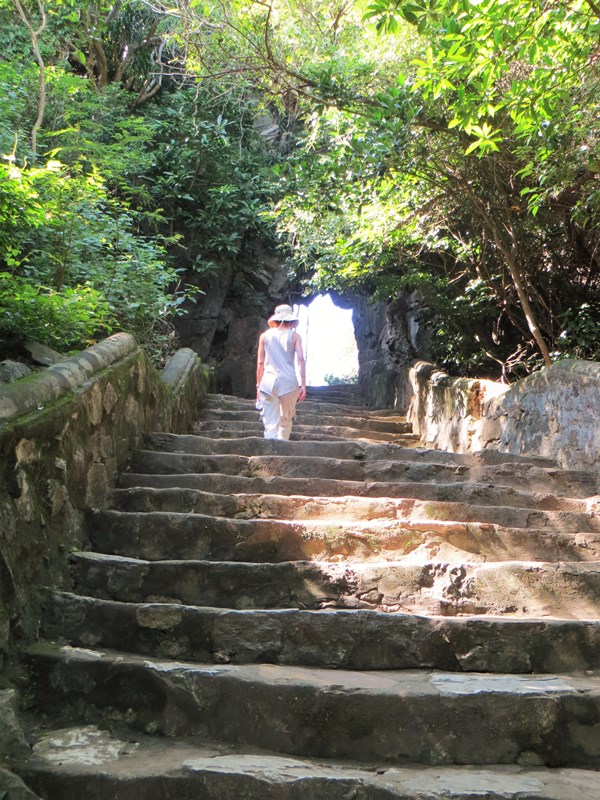
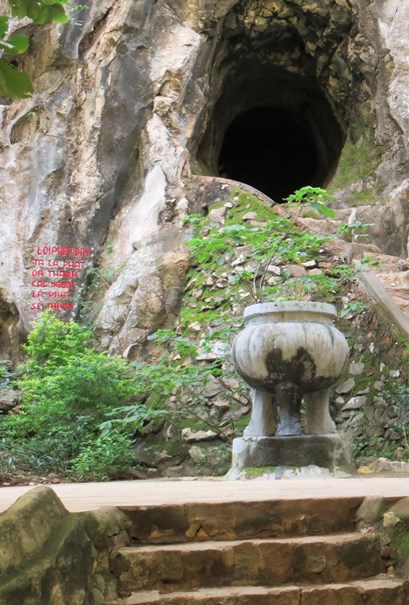
The Pho Dong Tower, with its seven levels that tip up at the edges like the petals of a flower, is an elegant structure that stands out in its tranquil setting like a lady of regal bearing.
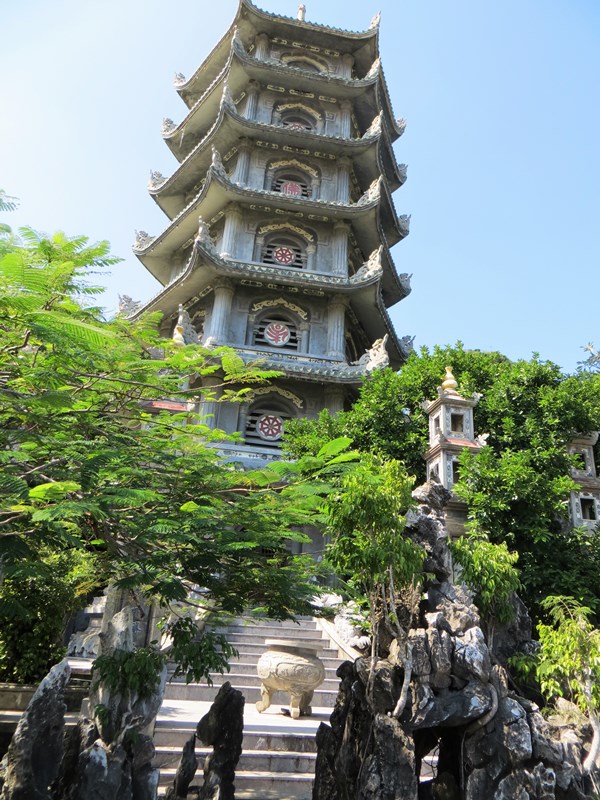
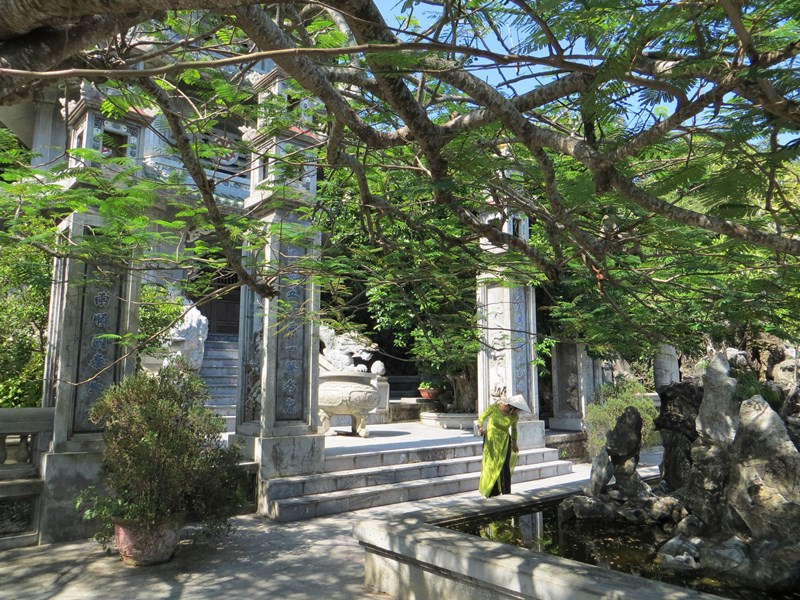
The unforgettable highlight of the Marble Mountains however, is the Huyen Khong Cave. It soars towards the heavens illuminated by shafts of sunlight that stream through five holes in the ceiling, creating a waterfall of light. It is nature’s cathedral. Facing the cave’s entrance sits an enormous Buddha carved into the marble and limestone. On the cave floor, a beautiful diminutive pagoda glows like a lantern illuminated from within by a multitude of candles.
One can’t help being touched by the spiritual aura that emanates from this natural treasure embellished by human elements, which lies like a hidden jewel, deep in the heart of the Marble Mountains.
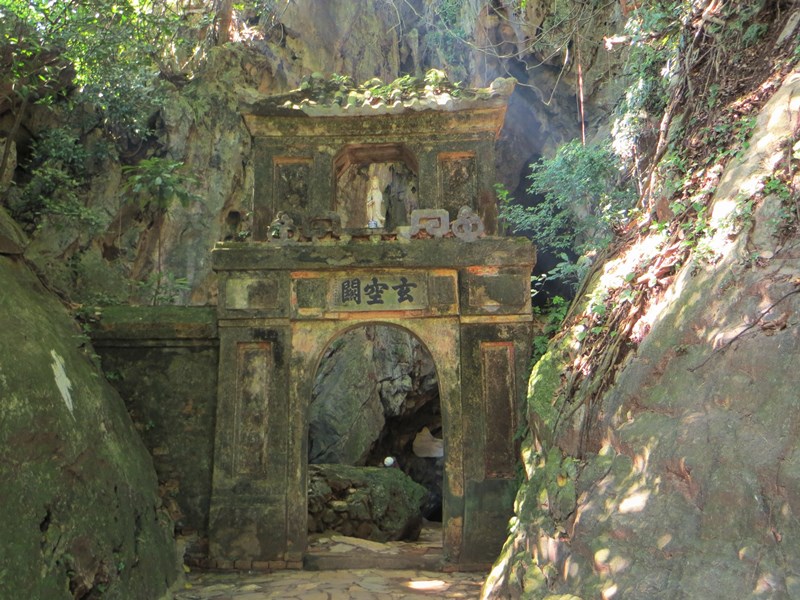
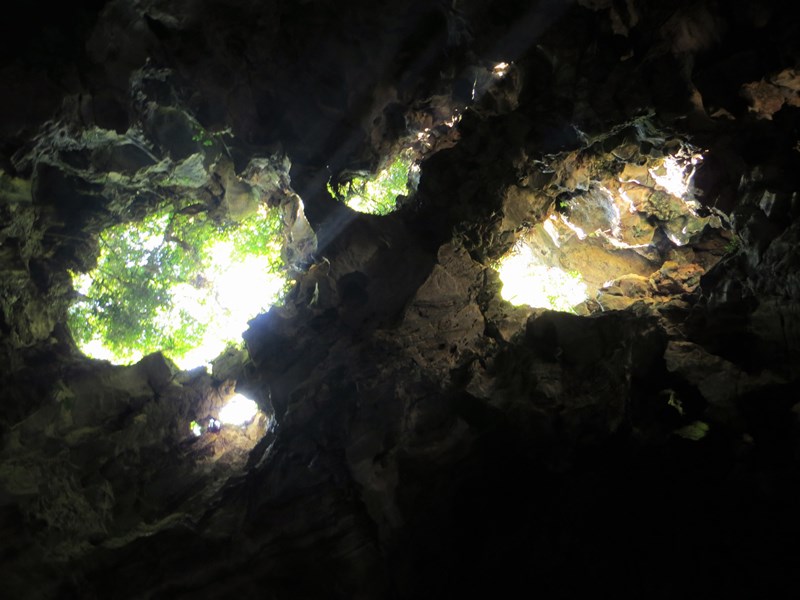
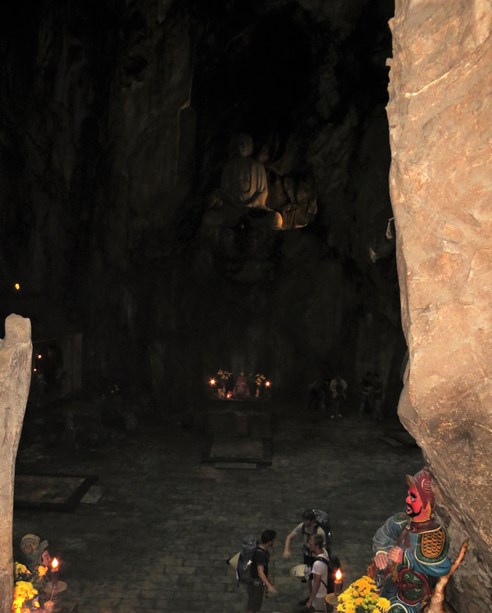
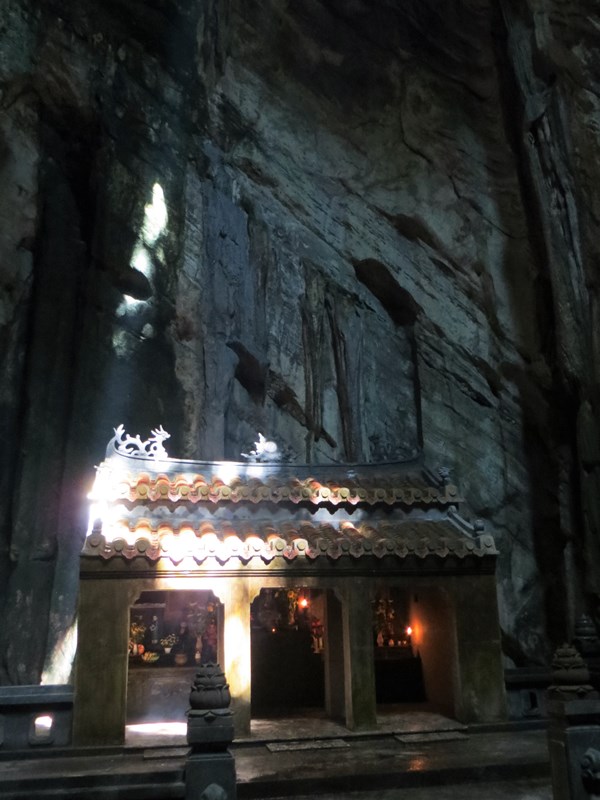
The hike back down the mountain is as beautiful as the hike up. A round-trip route that continues to offer up surprises around every corner.
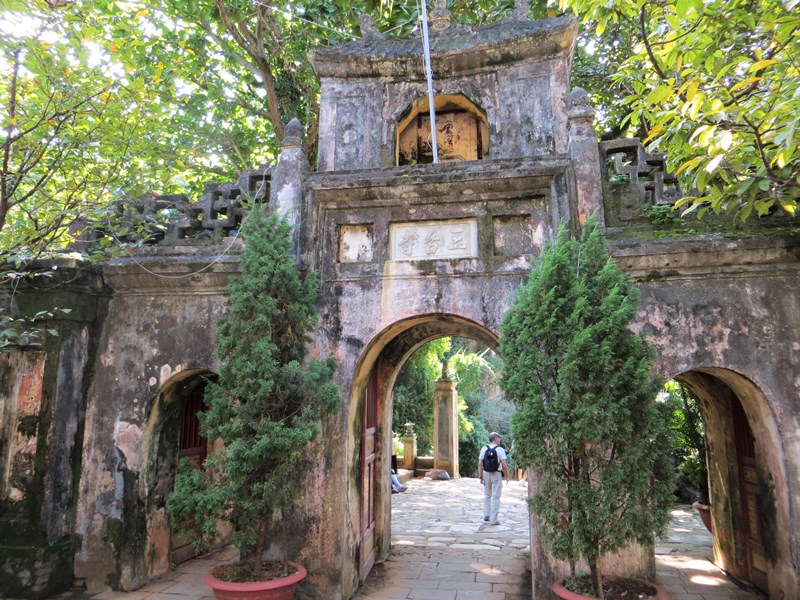
Final destination – Peaceful Meeting Place – Hoi-An. It’s no wonder that people fall in love with the magnetic charm of this ancient town on the river.

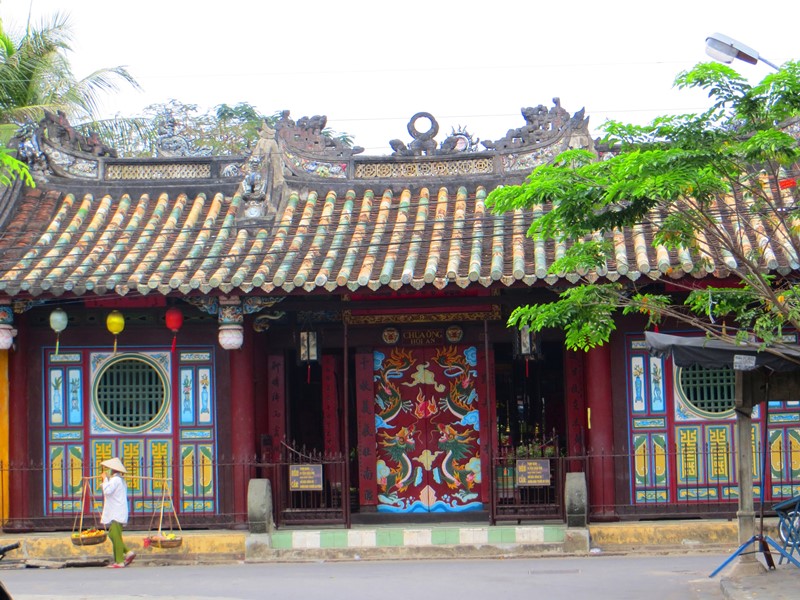
*See my blog Hoi-An, a Vietnamese Treasure – in the Menu under Vietnam.
